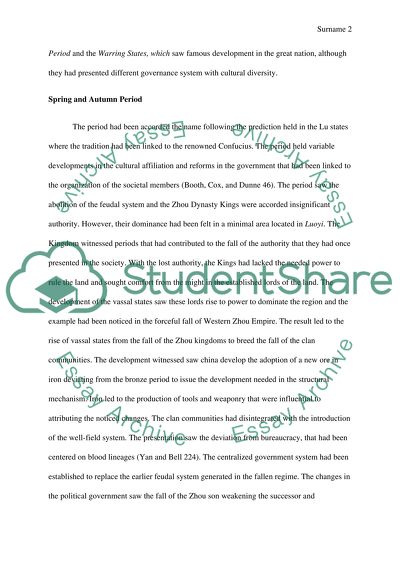Cite this document
(“The Spring and Autumn Period and the Warring States Essay”, n.d.)
The Spring and Autumn Period and the Warring States Essay. Retrieved from https://studentshare.org/history/1451161-contrast-the-political-cultures-between-the-spring
The Spring and Autumn Period and the Warring States Essay. Retrieved from https://studentshare.org/history/1451161-contrast-the-political-cultures-between-the-spring
(The Spring and Autumn Period and the Warring States Essay)
The Spring and Autumn Period and the Warring States Essay. https://studentshare.org/history/1451161-contrast-the-political-cultures-between-the-spring.
The Spring and Autumn Period and the Warring States Essay. https://studentshare.org/history/1451161-contrast-the-political-cultures-between-the-spring.
“The Spring and Autumn Period and the Warring States Essay”, n.d. https://studentshare.org/history/1451161-contrast-the-political-cultures-between-the-spring.


